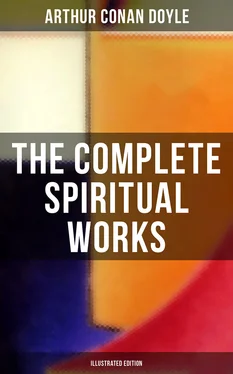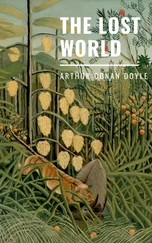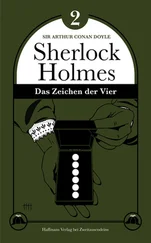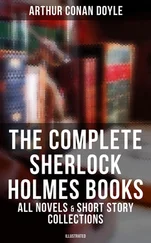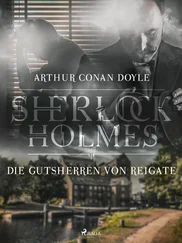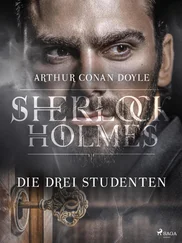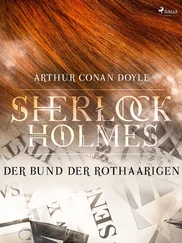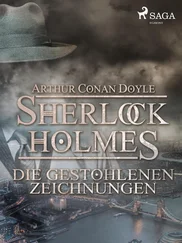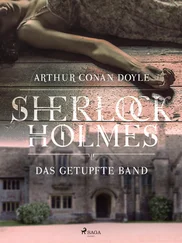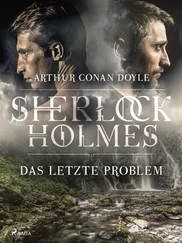Let us compare with these stories the very direct evidence of Mrs. Violet Tweedale, whose courage in making public the result of her own remarkable psychic faculties should meet with recognition from every student of the subject. Our descendants will hardly realize the difficulty which now exists of getting first-hand evidence with names attached, for they will have outgrown the state when the cry of “fake” and “fraud” and “dupe” is raised at once against any observer, however honourable and moderate, by people who know little or nothing of the subject. Mrs. Tweedale says:
“I had a wonderful little experience some five years ago which proved to me the existence of fairies. One summer afternoon I was walking alone along the avenue of Lupton House, Devonshire. It was an absolutely still day — not a leaf moving, and all Nature seemed to sleep in the hot sunshine. A few yards in front of me my eye was attracted by the violent movements of a single long blade-like leaf of a wild iris. This leaf was swinging and bending energetically, while the rest of the plant was motionless. Expecting to see a field-mouse astride it, I stepped very softly up to it. What was my delight to see a tiny green man. He was about five inches long, and was swinging back-downwards. His tiny green feet, which appeared to be green-booted, were crossed over the leaf, and his hands, raised behind his head, also held the blade. I had a vision of a merry little face and something red in the form of a cap on the Lead. For a full minute he remained in view, swinging on the leaf. Then he vanished. Since then I have several times seen a single leaf moving violently while the rest of the plant remained motionless, but I have never again been able to see the cause of the movement.”
Here the dress of the fairy, green jacket and red cap, is exactly the same as was described independently by Baring-Gould’s son, and again we have the elements of heat and stillness. It may be fairly answered that many artists have drawn the fairies in such a dress, and that the colours may in this way have been impressed upon the minds of both observers. In the bending iris we have something objective, however, which cannot easily be explained away as a cerebral hallucination, and the whole incident seems to me an impressive piece of evidence.
A lady with whom I have corresponded, Mrs. H., who is engaged in organizing work of the most responsible kind, has had an experience which resembles that of Mrs. Tweedale. “My only sight of a fairy,” she says, “was in a large wood in West Sussex, about nine years ago. He was a little creature about half a foot high, dressed in leaves. The remarkable thing about his face was that no soul looked through his eyes. He was playing about in long grass and flowers in an open space.” Once again summer is indicated. The length and colour of the creature correspond with Mrs. Tweedale’s account, while the lack of soul in the eyes may be compared with the “hard” eyes described by young Baring-Gould.
One of the most gifted clairvoyants in England was the late Mr. Turvey, of Bournemouth, whose book, The Beginnings of Seership, should be in the library of every student. Mr. Lonsdale, of Bournemouth, is also a well-known sensitive. The latter has given me the following account of an incident which he observed some years ago in the presence of Mr. Turvey.
“I was sitting,” says Mr. Lonsdale, “in his company in his garden at Branksome Park. We sat in a hut which had an open front looking on to the lawn. We had been perfectly quiet for some time, neither talking nor moving, as was often our habit. Suddenly I was conscious of a movement on the edge of the lawn, which on that side went up to a grove of pine trees. Looking closely, I saw several little figures dressed in brown peering through the bushes. They remained quiet for a few minutes and then disappeared. In a few seconds a dozen or more small people, about two feet in height, in bright clothes and with radiant faces, ran on to the lawn, dancing hither and thither. I glanced at Turvey to see if he saw anything, and whispered, ‘Do you see them?’ He nodded. These fairies played about, gradually approaching the hut. One little fellow, bolder than the others, came to a croquet hoop close to the hut and, using the hoop as a horizontal bar, turned round and round it, much to our amusement. Some of the others watched him, while others danced about, not in any set dance, but seemingly moving in sheer joy. This continued for four or five minutes, when suddenly, evidently in response to some signal or warning from those dressed in brown, who had remained at the edge of the lawn, they all ran into the wood. Just then a maid appeared coming from the house with tea. Never was tea so unwelcome, as evidently its appearance was the cause of the disappearance of our little visitors.” Mr. Lonsdale adds, “I have seen fairies several times in the New Forest, but never so clearly as this.” Here also the scene is laid in the heat of a summer day, and the division of the fairies into two different sorts is remarkably borne out by the general descriptions.
Knowing Mr. Lonsdale as I do to be a responsible, well-balanced, and honourable man, I find such evidence as this very hard to put to one side. Here at least the sunstroke hypothesis is negatived, since both men sat in the shade of the hut and corroborated the observation of the other. On the other hand, each of the men, like Mrs. Tweedale, was supernormal in psychic development, so that it might well happen that the maid, for example, would not have seen the fairies, even if she had arrived earlier upon the scene.
I know a gentleman belonging to one of the learned professions whose career as, let us say, a surgeon would not be helped if this article were to connect him with fairy lore. As a matter of fact, in spite of his solemn avocations and his practical and virile character, he seems to be endowed with that faculty — let us call it the appreciation of higher vibrations — which opens up so wonderful a door to its possessor. He claims, or rather he admits, for he is reticent upon the subject, that he has carried this power of perception on from childhood, and his surprise is not so much at what he sees as at the failure of others to see the same thing. To show that it is not subjective, he tells the story that on one occasion, while traversing a field, he saw a little creature which beckoned eagerly that he should follow. He did so, and presently saw his guide pointing with an air of importance to the ground. There, between the furrows, lay a flint arrow-head which he carried home with him as a souvenir of the adventure.
Another friend of mine who claims to have the power of seeing fairies is Mr. Tom Tyrrell, the famous medium, whose clairvoyance and general psychic, gifts are of the strongest character. I cannot easily forget how one evening in a Yorkshire hotel a storm of raps, sounding very much as if someone were cracking their fingers and thumb, broke out around his head, and how with his coffee-cup in one hand he flapped vigorously with the other to warn off his inopportune visitors. In answer to my question about fairies he says, “Yes, I do see these little pixies or fairies. I have seen them scores of times. But only in the woods and when I do a little fasting. They are a very real presence to me. What are they? I cannot say. I can never get nearer to the beggars than four or five yards. They seem afraid of me, and then scamper off up the trees like squirrels. I dare say if I were to go in the woods oftener I would perhaps gain their confidence more. They are certainly like human beings, only very small, say about twelve or fifteen inches high. I have noticed they are brown in colour, with fairly large heads and standing-up ears, out of proportion to the size of their bodies, and bandy legs. I am speaking of what I see. I have never come across any other clairvoyant who has seen them, though I have read that many do so. Probably they have something to do with Nature processes. The males have very short hair, and the females have rather long, straight hair.”
Читать дальше
